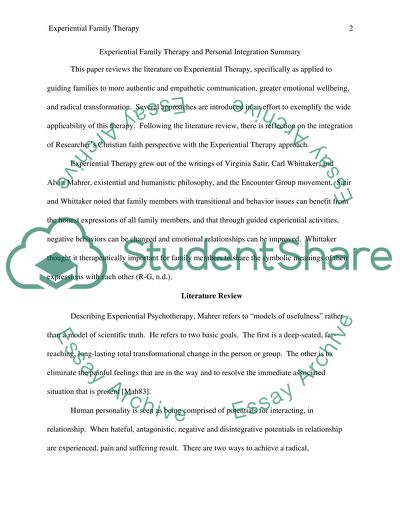Cite this document
(“Experiential Family Therapy and Personal Integration Summary Research Paper”, n.d.)
Retrieved de https://studentshare.org/psychology/1476467-experiential-family-therapy-and-personal-integration-summary
Retrieved de https://studentshare.org/psychology/1476467-experiential-family-therapy-and-personal-integration-summary
(Experiential Family Therapy and Personal Integration Summary Research Paper)
https://studentshare.org/psychology/1476467-experiential-family-therapy-and-personal-integration-summary.
https://studentshare.org/psychology/1476467-experiential-family-therapy-and-personal-integration-summary.
“Experiential Family Therapy and Personal Integration Summary Research Paper”, n.d. https://studentshare.org/psychology/1476467-experiential-family-therapy-and-personal-integration-summary.


